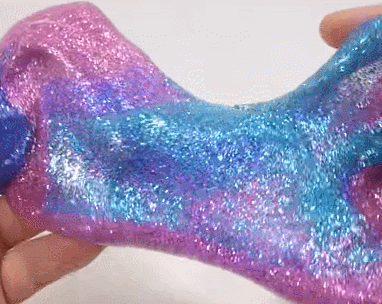By Tiffany Chen, Speech-Language Pathologist
Thanks to ELG’s Tiffany Chen for allowing us to cross-post from her blog, SpeechWithinReach SLP.
I want to share one of my favorite activities to do with children:
SCIENCE EXPERIMENTS!!

Why?
- The “WOW” factor: Children any age will love it!
- Introduce science vocabulary
- Build on their storytelling skills: Have them tell grandma how they made it!
- Understanding cause-and-effect relationship: We added the powder to make it explode!
- Bonding with your child with a low-cost hands-on activity
Here is a short video showing you how I make slime. I’ve had so much fun creating this experiment with preschool children and elementary school children; they just can’t stop exclaiming how cool it feels and how the effect happened within seconds!
How do I use the slime experiment for different age ranges?
Preschoolers:
- Vocabulary: Ingredients (e.g., borax, food coloring), textures (e.g., slimey, gooey, wet, squishy, stretchy), action (e.g., mix, stir, knead, scoop)
- Location: in the bowl, stir around and around
- Amount: one teaspoon, one cup of water, more food coloring, less food coloring, some water, a little water.
School-Age Children/Advanced Preschoolers:
- Cause-and-effect relationships: Ask them how the water and glue formed into slime; ask them what key ingredient created this chemical reaction.
- Sequencing/Story-telling: When your child goes home with their new toy, aka slime, have them tell others how they made it. First..Next…Then…Last.
- Writing a narrative: After the children can tell you how they made the slime, you can have them practice writing. Talking about it helps organize the steps of experiment and build the structure of a written paragraph.
Slime is just one example of how science experiments can be a fun way to introduce language! My advice: look for science experiments for children online, and you’ll find even more fun activities for you and your child at home!
Have fun!

